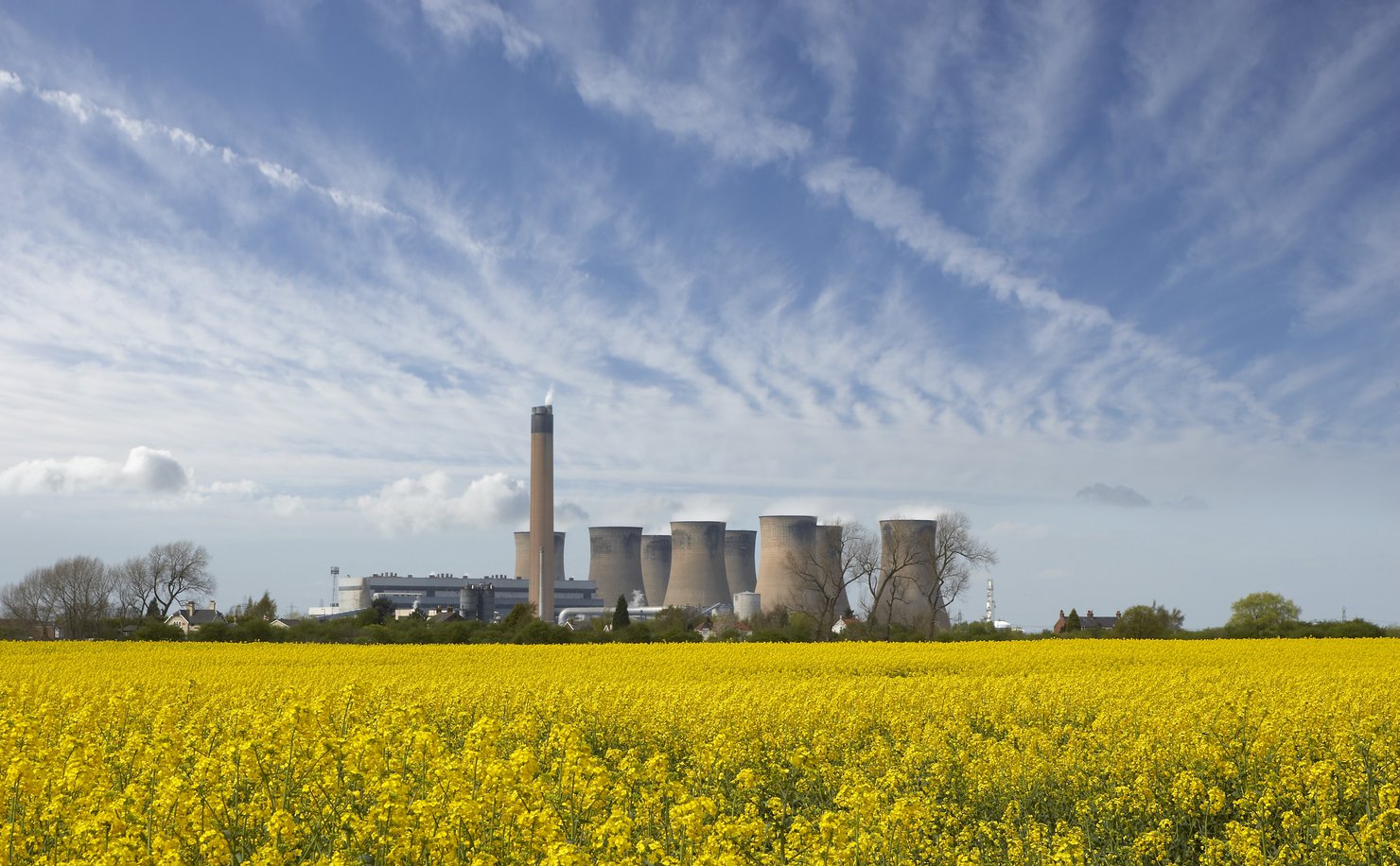Each week, we’re compiling the most relevant news stories from diverse sources online, connecting the latest environmental and energy economics research to global current events, real-time public discourse, and policy decisions. Below are some questions we’re asking and addressing with our research chops this week.
But first, an editor’s note for our dedicated readers: RFF’s On the Issues newsletter and blog post will change up its cadence in the new year, so you can expect new editions in your inbox and on the Resources.org website on the first and third Friday each month. We also bid a sad farewell to Cole Martin, whose writing and reporting has largely populated these newsletters each week, as he plans to leave RFF for a new opportunity before the end of the year.
How will a recent executive order that encourages more sustainable purchases transform the way the federal government uses its procurement powers?
Last week, President Joe Biden issued an executive order that formalizes a goal for the federal government to reach carbon neutrality by 2050. As steps along the way, the federal government will aim to use entirely carbon-free electricity by 2030, purchase only electric vehicles by 2035, and achieve net-zero emissions from all federal buildings by 2045. Also included in these plans is a commitment to reach net-zero emissions from federal procurement by 2050 through a new “Buy Clean” policy that tasks the government with considering the carbon intensity of the construction materials it purchases. The administration hopes that by leveraging its powers over procurement—the process by which the government purchases goods and services—it can move the market toward sustainable alternatives and away from conventional carbon-intensive products. Greening the federal procurement process has been a priority for policymakers in Congress, too: the still-developing reconciliation package could include funds for procuring low-carbon materials in highway construction, electric vehicles and charging stations, and more.
In a new blog post, RFF Senior Fellow Alan Krupnick explores how a federal Buy Clean program could move the country toward a low-carbon future. For one, the federal government plans to account for all components of a given material’s carbon footprint when making procurement decisions—everything from production and upstream processing to the extraction of fuels and feedstocks. While this approach would be “the ideal method of accounting,” Krupnick notes that such a level of detail could create challenges as the government designs new procurement protocols. Krupnick also points out that some details need to be filled in later by the Buy Clean Task Force, which the order creates: for example, it is unclear whether the order covers materials other than cement and steel, or which pollutants the federal government should be tracking and scoring. Ultimately, Krupnick sees the goals of the executive order and the procurement-related provisions in the reconciliation package as complementary. “With the money provided in the Build Back Better Act—alongside the structure, goals, and mandate provided in the [executive order]—much progress toward reducing embodied carbon in construction materials can be anticipated,” Krupnick writes.
Related research and commentary:

How could programs aimed at boosting the use of smart thermostats reduce consumers’ energy bills and help curb emissions?
Earlier this month, the California Public Utilities Commission, a state agency that regulates utilities, announced new programs to reduce energy demand during critical hours. The announcement comes after California Governor Gavin Newsom’s emergency proclamation this summer expressed a need for adequate electricity to meet demand during extreme heat events and wildfires. The recently announced programs include plans for more energy storage microgrids and $22.5 million in funding for consumer incentives to use “smart thermostats,” which automatically adjust heating and cooling in response to household preferences and real-time energy demand. Similar smart thermostat programs exist across the country, such as the Smart Savers Texas program in a state where power grids were burdened by high demand during winter storms earlier this year. These approaches reflect the growing suite of strategies that policymakers are considering to minimize emissions, reduce power bills, and keep the power on during critical moments.
On a new episode of the Resources Radio podcast, RFF University Fellow and Georgia Tech Assistant Professor of Economics Casey Wichman describes a working paper he recently coauthored that explores what happened when randomly selected households were encouraged to activate a smart-thermostat feature that adjusts home temperatures based on the fluctuating costs of supplying electricity. Although the rollout of smart thermostats in the United States is currently limited, Wichman points to local programs that aim to expand the technology in places where grid reliability has proven a challenge, such as California. Because most households in his study experienced only modest amounts of discomfort from the automated temperature changes, Wichman expresses optimism that smart thermostats could be deployed more widely. “We all started out being somewhat skeptical that these programs would work in the long run,” Wichman says, “but the data suggest that people are actually willing to tolerate some additional discomfort—and relatively small discomfort—for these small-dollar savings.”
Related research and commentary:

How is the United Kingdom navigating a clean energy transition, which could impact communities that historically have relied on coal production?
The United Kingdom, fresh off of hosting COP26, has asserted itself as a leader on climate policy. After formalizing a commitment to reduce emissions by 78 percent relative to 1990 levels by 2030—among the world’s most ambitious—the United Kingdom pledged 290 million pounds sterling at the conference to a fund that supports climate adaptation in developing countries. Constituent countries within the United Kingdom also have prioritized climate change: at COP26, Scotland became the first nation in the industrialized world to donate to a loss-and-damage fund for developing countries on the front line of climate change impacts and demolished its last remaining coal plant just last week. But the United Kingdom also has a long history of coal animating politics—most prominently during a yearlong mining strike in the 1980s, when miners revolted against a British plan to curb coal production and cut jobs. Policymakers looking to end all coal use in the country by 2024 must navigate that history while ensuring that the energy transition does not impose unique burdens on communities that traditionally have relied on fossil fuels.
Building on previous research about the energy transition in the United States, a new report from RFF and Environmental Defense Fund explores public programs in the United Kingdom that are designed to support workers and communities that historically have relied on coal production as the nation navigates a transition to clean energy. Unlike Germany, which has long implemented policies aimed at economic diversification and workforce support for coal regions, the United Kingdom in general has not deployed specific transition policies that support workers. Consequently, as mines began closing in the 1960s, communities in and around coalfields saw a significant rise in poverty. Ultimately, the authors reflect on how lessons from the United Kingdom’s transition could inform policy in the United States, noting that offering workforce development programs, investing in mine reclamation, and planning proactively for the energy transition could lead to better outcomes for coal communities.
Related research and commentary:

Our #FactOfTheWeek explores the United Kingdom’s ambitious plans to transition away from coal.
Arthur Nyk / Shutterstock
2024
The United Kingdom has pledged to stop using coal for electricity generation by October 2024.








